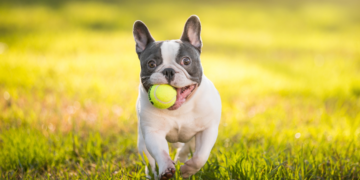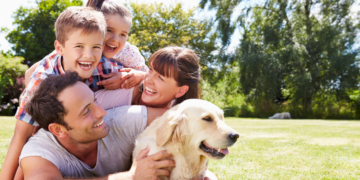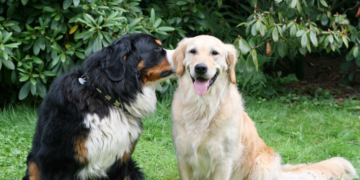Ever looked at your pup and thought, “You’re such a positive little fluffball”? Well, according to new research from the University of Bristol, you might be onto something. Scientists have developed a simple test to find out whether your dog is an optimist or a pessimist—and it’s not just cute trivia. This insight could help you train better, bond deeper, and even support your dog’s mental health.

🍖 The “Judgment Bias” Test
Here’s how it works:
Dogs are trained to associate one spot with a tasty treat and another spot with nothing at all. Then, a bowl is placed somewhere in between. If your dog runs to the bowl excitedly, it’s likely an optimist. If your dog hesitates or walks over slowly, they may lean more pessimistic.
It’s kind of like a doggie version of “Is the bowl half full or half empty?”
🧠 Why It’s Important
This isn’t just a party trick. The emotional outlook of your dog can actually influence:
– How they respond to training
– How confident they are in new environments
– Their suitability for roles like medical detection dogs
Interestingly, dogs with a more pessimistic outlook tend to make fewer mistakes in scent detection tasks, while optimistic dogs are bolder and more enthusiastic.
🐕 Training Tips Based on Personality
Whether your pup is an eager beaver or a cautious cuddler, you can adapt your approach:
– For optimistic dogs: Use structured challenges that encourage focus and patience.
– For pessimistic dogs: Offer more encouragement and create safe, predictable routines.
Understanding your dog’s personality leads to happier training and a more balanced life together.
🧪 Try It at Home!
Want to see where your dog falls on the optimism scale? Try this DIY version:
1. Set up a bowl they expect to find food in.
2. Set up another bowl they know is always empty.
3. Place a bowl somewhere in between—and observe!
Watch their reaction. Do they rush over tail-wagging, or take a second to think it through?
🔁 Conclusion
Optimist or not, your dog is doing their best to understand the world—just like you. By paying attention to their emotional cues, you’ll build a stronger bond, reduce anxiety, and make your home a haven that fits their personality.
Have you tried the “optimism test” with your dog? Share your results in the comments or tag us on Instagram with #BoundingBuddyOptimist!













































